
Protecting online transactions against hackers often involves a loss of user friendliness. An EU initiative uncovered novel ways to strike a balance between privacy and utility.

More and more geospatial information is becoming integrated into the internet in what has become known as the GeoWeb. An EU initiative helped pave the way to GeoWeb 2.0.
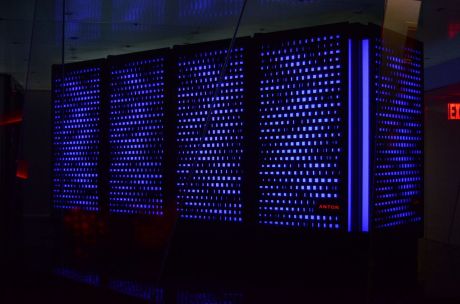
Supercomputers are powerful research tools, but access to these high-performance machines is not open to everyone in the scientific community. An EU initiative provided hundreds of researchers with access to the latest state-of-the-art supercomputing facilities.
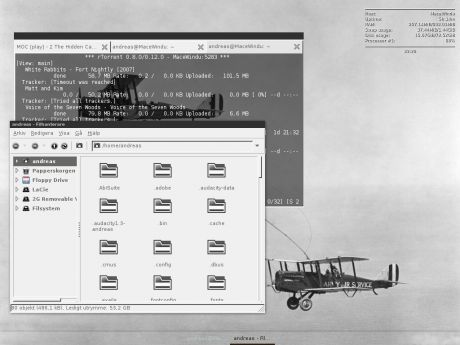
As society increasingly relies on high-quality software, applications need to be as adaptive as possible. EU-funded researchers successfully contributed to the development of sophisticated software systems that can readily adapt in the face of changing user needs and environments.

Integrating provenance-based probabilistic information into the Semantic Web can help revolutionise how digital material can be stored and retrieved.
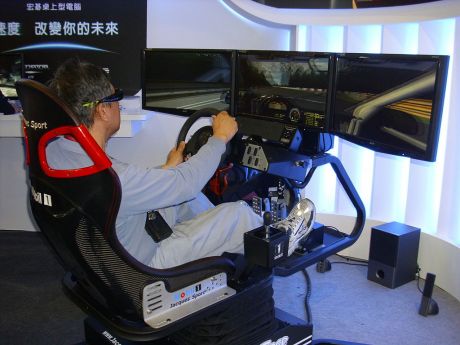
Creating the illusion of depth, stereoscopy offers exciting potential for information visualisation and engaging 3D interactive experiences. An EU-funded project pioneered research on 3D interaction that has hitherto received scant attention.

An EU initiative gathered European researchers to build an advanced digital information space. They offer small businesses the opportunity to better access and leverage online user-generated content.
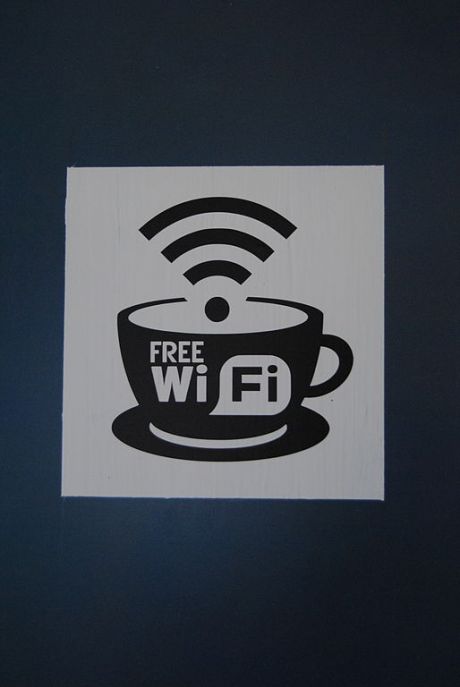
Fibre optic communication and wireless communication are joining forces to create the next generation of data transfer with faster speeds and enhanced efficiency.
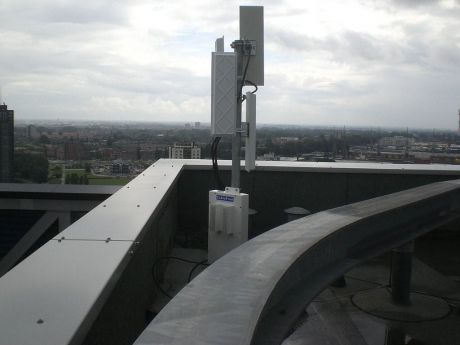
With wireless networks connecting users to information technology devices and to other users, how far behind are wireless interconnects for chips?
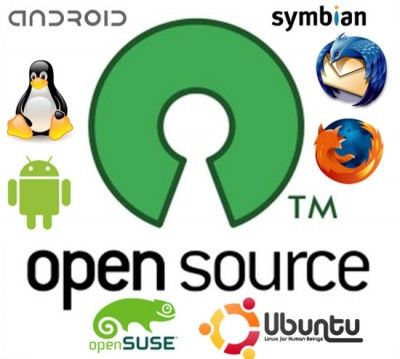
Studying the economics of open-source software (OSS) and how it could supersede proprietary software could help Europe innovate while offering cost-effective solutions to users.
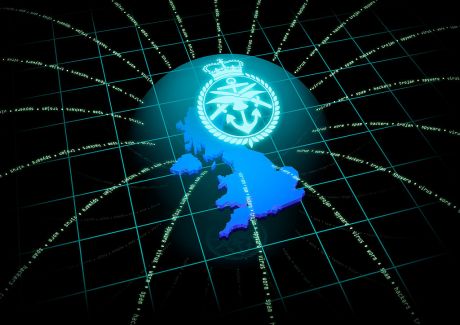
With the help of a common collaborative and information sharing platform using the internet, organised crime can be better detected and prevented.

New techniques and coding theories in information sciences are helping to create faster and better data storage.
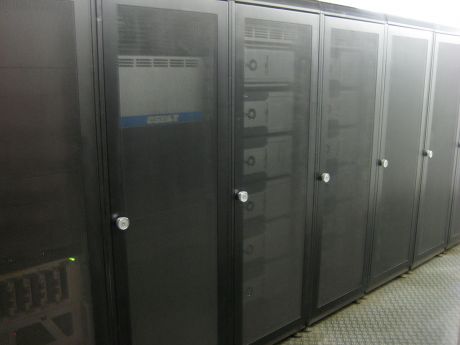
An EU venture established a school offering training in matters affecting data centres. The team defined training needs while also yielding a community communications portal, new funding relationships, plus novel professional standards.
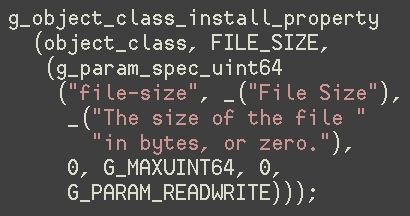
High-tech tools to evaluate applications in software engineering are supporting the use of cutting-edge programming languages that are poised to facilitate software development.

Error propagation is a common feature of every complex network. EU-funded scientists studied this phenomenon to understand how information spreads over networks, knowledge that may lead to improvements in their performance.
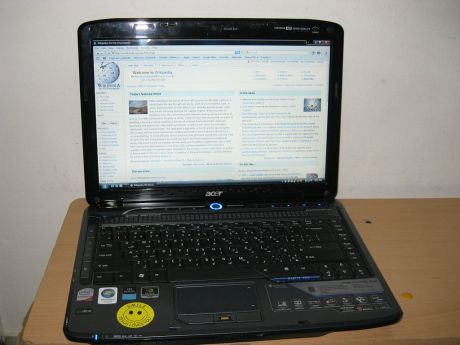
An EU team extended an earlier project, yielding a mashup system enabling companies to rapidly develop software applications. Offering new tools and interfaces, plus community interaction, the demonstrator was successfully applied to risk-analysis.

An EU team has provided new capability for transmission of high-quality remotely sensed video. Superior compression techniques overcame previous limitations, improving performance from low-power drones and offering new low-light applications.

An EU team advanced the concept of internet vision. Outcomes include two new algorithms for server-processing sets of digital photographs, which improve storage efficiency and 3D interpretation, plus extend smartphone battery life.

An EU team has developed associations among three universities. The research involved wireless broadband networks, potentially leading to significant performance improvement combined with lower power requirements.
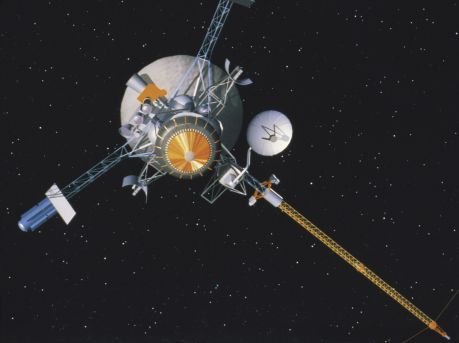
Technology able to support multi-Gbits/s communication networks has been developed to transfer data from instruments to the mass memory and then to the downlink telemetry unit, but this was restricted to United States missions. An EU-funded project has remedied the situation.

An EU team examined the mathematical properties of networks. Focusing initially on internet applications, the results improve stability and efficiency, while also illustrating the interesting features of all other kinds of networks.
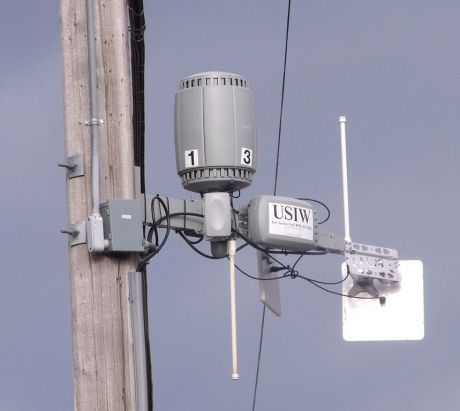
While creation of test beds for novel wireless cooperative networks was halted due to force majeure, a golden opportunity remains for a future EU-funded project to investigate this promising technology.

EU-funded researchers are working on a shared infrastructure with access to Earth observation (EO) data, high-performance computing solutions and near-real-time data ingestion.

The increasing demand for wireless devices and equipment is eating up available bandwidth at a faster rate than ever. Improved technologies in the field could help overcome the challenge.

The market for wireless sensors enabled by Bluetooth low energy (BLE) is rapidly growing in the healthcare and lifestyle sectors, but several challenges and issues persist with their operation. An EU initiative is working on an optimised BLE solution to address drawbacks.
























